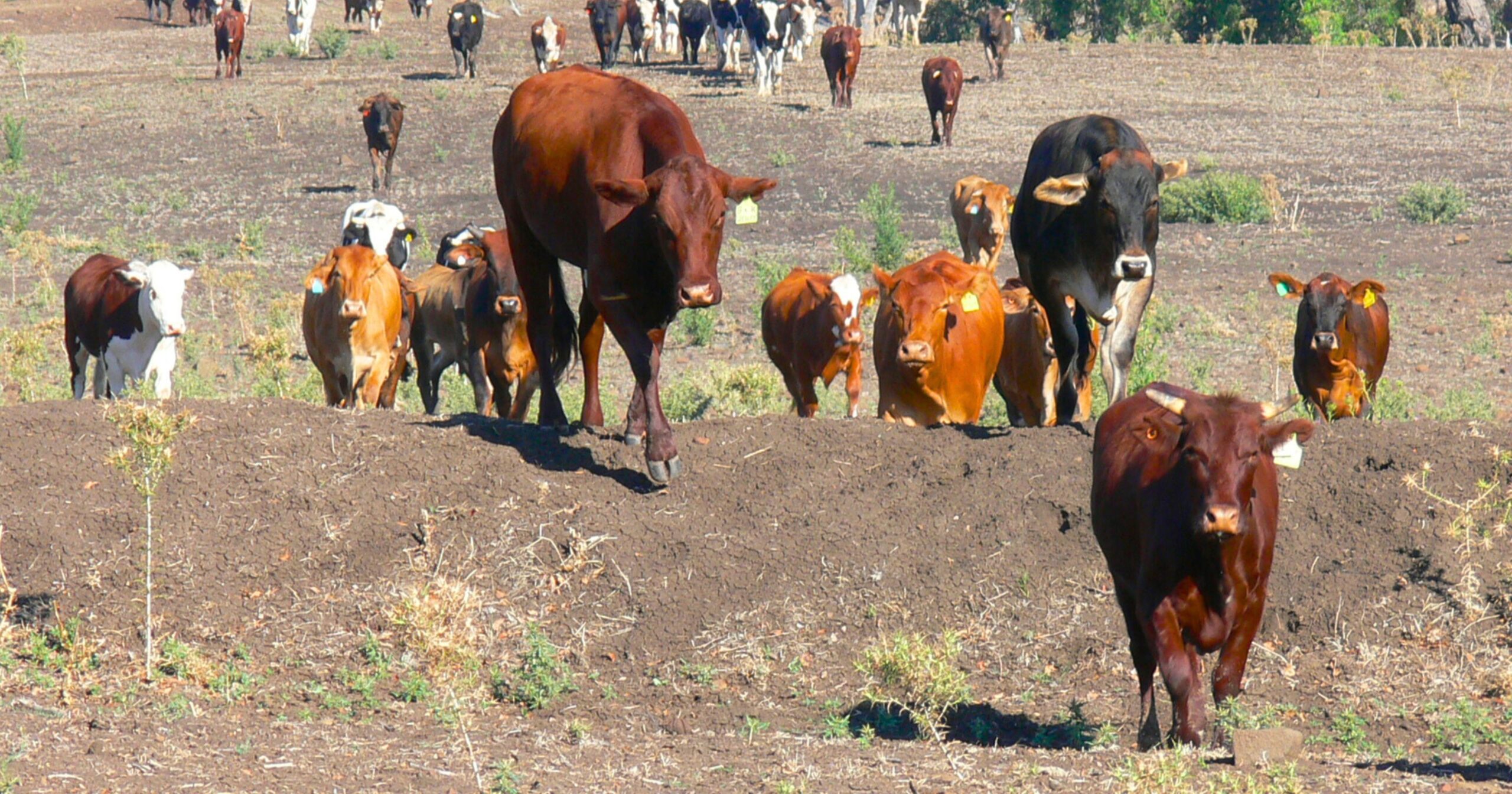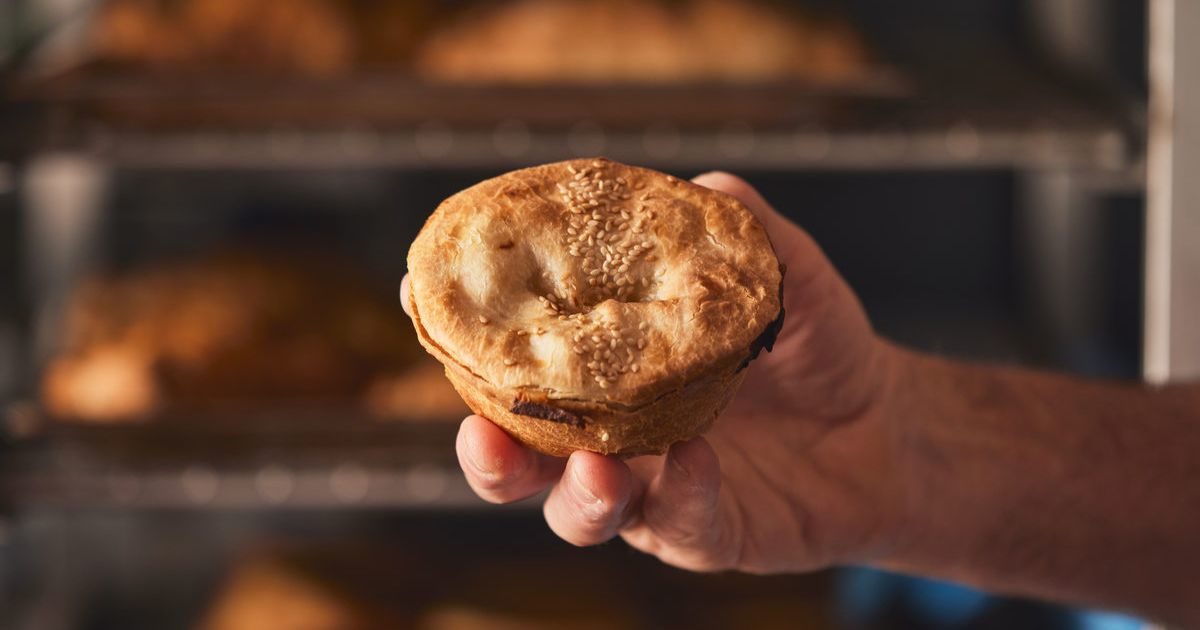Paramedics and lifesavers call for caution around inland waterways
Paramedics and lifesavers are urging Victorians to take care in and around inland waterways this summer, following an uptick in fatal and non-fatal inland drownings in Victoria.
Life Saving Victoria (LSV)’s 2022-23 drowning report shows there were 19 fatal drownings at inland waterways during the last financial year – a 14 per cent increase on the 10-year average.
There were also 12 non-fatal drownings at Victorian inland waterways – a 13 per cent increase on the 10-year average.
Local populations at holiday hotspots such as townships along the Murray River can double or even triple during the summer months, however, LSV Research and Evaluation Manager Dr Hannah Calverley said even locals are at risk of inland water incidents.
“In Victoria, inland waterways record just as many, if not more, fatal drownings as our coastal locations,” she said.
“What’s more concerning, is over a third of inland drownings occur within the person’s own residential postcode – it’s locals drowning in their local waterways.
“It’s important to not be complacent about water safety wherever you are, be that at home or visiting the local river or lake.”
Rivers and lakes present many unique drowning risks and Ambulance Victoria (AV) Director Emergency Management Justin Dunlop said it’s important to be aware of the hazards to avoid putting yourself at risk.
“Getting in trouble while swimming in a river, lake or dam isn’t the only danger – a lot of our call outs to inland waterways are where people have unintentionally found themselves in a body of water from things such as slips and falls,” he said.
“We’ve seen several cases such as people tripping and falling into a marina or lake while attempting to board a houseboat, which have resulted in fractured bones.
“These situations can be more dangerous, because the patient is totally unprepared to be in that body of water and can sustain significant injuries.”
Around two-thirds of drownings at inland waterways involve alcohol or drug use.
Dr Calverley added that unexpected water entries were a real concern all year round.
“While summer is a busy time, incidents can also occur during cooler months, with a significant portion of these cases resulting from accidental entry where the individual never intended to get into the water,” she said.
“It’s crucial here that when visiting waterways people take note of their surroundings and stay away from the water’s edge to avoid slipping in.
“Children also need to be actively and constantly supervised around all water, appropriate lifejackets should be worn when boating and fishing, and alcohol should be avoided until after you’ve finished being around the water to ensure you remain vigilant.”
Mr Dunlop said people planning to visit rivers and lakes this summer can prepare themselves by knowing how to get help in remote areas and learning cardiopulmonary resuscitation (CPR).
“If you see someone in trouble in the water, call Triple Zero (000),” he said.
“If you’re in a remote location, you can also use the Emergency Plus app, which uses smart phones’ in-built GPS functionality to help a Triple Zero (000) caller provide location details.
“Open the app and you’ll be able to tell the call taker your location coordinates, as well as three words which can be used to pinpoint your exact location.”
How to stay safe around inland waterways this summer:
– Read the signs around waterways to familiarise yourself with the dangers, which differ at each body of water and even at different sections of the same river or lake.
– Learn how to swim and know your limits.
– Never swim alone and let people know where you’re going.
– Be alert around waterways, whether you’re planning to enter the water or not, this includes keeping watch on children while they’re in and around water.
– Whether in a boat, taking part in water sports or swimming, people should also wear a correctly fitted lifejacket.



















